Is it possible to reuse an operation call of a class as transition in an UML diagram of Sparx Enterprise Architect (I've got version 9)? If yes, how do I do that?
It's possible to use it as action in an activity diagram and as message in an object diagram, but I can't figure it out for the state machine. I wish there was more integration for software developers...
Furthermore, I wish I could set a state in the diagram as special state of a class instance (class instance == object).


